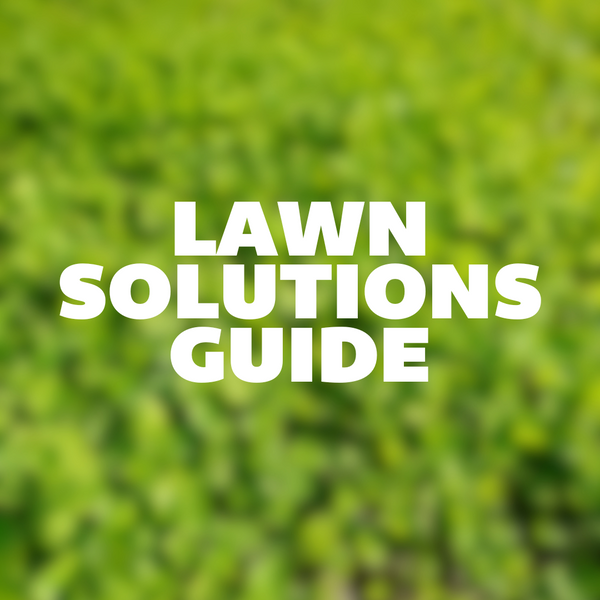The plant above is spinach, and it’s getting ready to bolt.
As we approach the summer solstice, the spring garden is transformed into something quite different. Various plants begin to behave in new ways. Growth really kicks in for vine-forming plants, while other leafy greens suddenly go to seed. The term “bolting” is not immediately intuitive, especially to new gardeners. But it’s a term that must be understood to maximize success in the garden.
All plants have the genetic prerogative to make seeds, but they employ different strategies, and react differently to changes in the seasons. A large number of common garden vegetables are grown in spring (and again in the fall), when the soil is cool, before the long days of summer have arrived. These vegetables are grown for their edible leaves — as opposed to many of the summer-harvest crops that we grow for their roots or fruits. Lettuce, spinach, pac choi, arugula, mustard greens, and chicory are all included. Basically, salad greens. A few herbs are also included, like cilantro and parsley.
These plants all thrive in cool soil. As the days get longer and the average soil temperature increases (becoming quite hot at mid-day), these plants bolt, or “run to seed.” These odd phrases describe the speed with which some plants can produce a flower stem, go into bloom, and then produce seeds. The sudden shooting up of the flower stem is the fastest phase, and it can be really quick. Some plants can produce a flower stalk that grows several inches per day. Over the course of a weekend, a tasty rosette of leaves can be completely transformed.
Heat in the soil triggers this process, and once it starts it is irreversible. Breaking the stem off will simply cause more stems to emerge. As the plant’s survival strategy changes, its cell structure changes. All its energy goes into flower production. From the plant’s perspective, time is running out. Its leaves may become bitter or unpleasantly spicy, and the leaves of some plants even sprout tiny hairs. Essentially, a bolted plant is no longer good for eating.
A gardener might interpret plants bolting as a signal to put leafy vegetable production on hold for the summer and focus instead on all those other, heat-loving crops, from turnips to tomatoes.

The photo above shows some flats of arugula in our greenhouse. They’re a bit late for planting out into the field, but at first glance, they look healthy and tidy.

On closer inspection, though, it appears that these plants have nearly all begun to bolt. Look at what emerges from the centre of the rosette of leaves.

Tiny at first, the flower buds shoot upward, growing and expanding as they do. The hairs emerge to make them unpalatable to grazing animals (and people). Below, the leaves have become sharply spicy.
So the longer days of summer and the heat of the soil causes stress to these plants, which in turn causes them to bolt. Can bolting be caused by other stresses? Oh, yes.
Plants in the carrot family tend to develop long, tapered, carrot-like tap roots. When these plants are disturbed by transplanting or becoming pot-bound (running out of space to grow in a container), the plants respond to the stress by bolting. These plants include dill, caraway, cumin, cilantro, and a few others. It’s generally better to direct-sow these plants instead of trying to transplant them.
Bolting is a response to temperature and day length or other root stress. It should not be confused with plants that simply become mature and bloom. We grow certain plants to harvest as large flower buds. Think of broccoli, cauliflower, and Brussels sprouts. The parts of these plants that we eat are simply unopened flower clusters. It’s tempting to think of a head of broccoli as being frozen in time somehow, since the ones we buy at the supermarket appear to be inanimate. But when there’s broccoli growing in the garden, the plant fully intends on making flowers and seeds — so when it’s ready, it must be harvested. When gai lan or choi sum are ready to eat, eat them. Or freeze, can, or pickle them. They won’t wait for the gardener to be ready.
The best advice for new gardeners is to plan seriously on growing cool-season plants in the cool season. Watch your plants every day. When they look their best, don’t delay. Be sure to make the most of them at the peak of their freshness, and enjoy seasonality in real time.






















